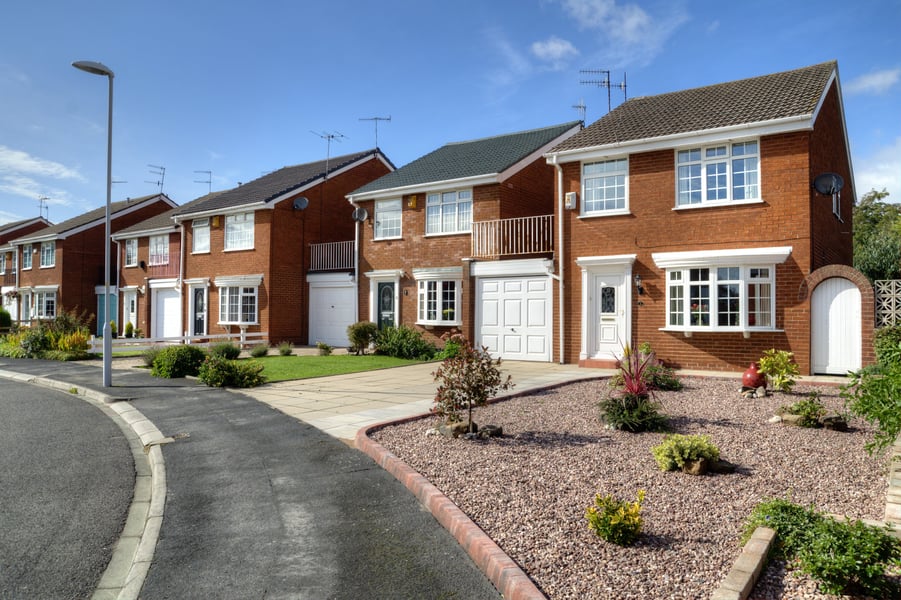Annual completions for new builds were estimated at 38,160between January and March 2018, 9% lower than the previous quarter and 4% lower than last year,governmenthousebuilding statistics have found.

Annual completions for new builds were estimated at 38,160between January and March 2018, 9% lower than the previous quarter and 4% lower than last year,governmenthousebuilding statistics have found.
Annual new build dwelling starts totalled 157,480 in the year to March 2018, down by 3% year-on-year.
And during the same period, completions totalled 160,470, an increase of 8% comparedfromlast year.
On a quarterly basis, new build dwelling starts in England were estimated at 39,350 (seasonally adjusted) in the latest quarter, a 5% decrease compared to the previous 3 months.
Kate Davies, executive director of the Intermediary Mortgage Lenders Association (IMLA), said:“The number of new homes still falls short of the volume needed to meet the UK’s chronic housing shortage.
“The number of housing completions is at its lowest since Q1 2016, despite ongoing policy pledges to mend what the government has itself described as the ‘broken housing market’.
“To have any hope of rebalancing the relationship between housing supply and demand, the government must do more to instil confidence in the new build sector.”
Davies added: “Nine in10applicants (90%) via intermediaries secured a mortgage offer in the first quarter of 2018, suggesting that a shortage of products is not the issue.
“However, what is needed are measures to support the full housing spectrum, not just first-time buyers.
“This lack of new homes coming onto the market organically means the new build sector must continue to be supported.
“As a starting point, we need clarity over the next phase of policies once the current Help to Buy scheme comes to an end in 2021.”
Andy Sommerville, director at Search Acumen, said: “After an encouraging period of increased output in the housebuilding sector, we have suffered the UK’s lowest quarterly housing output for two years.
“A nose-dive in completed dwellings at the start of 2018 – down from nearly 46,000 a year ago and 55,000 at the end of 2017 to below 39,000 – amounts to a sharp turn in the wrong direction.
“The private sector has been particularly affected: despite building the majority of new homes, completions are noticeably down year-on-year while housing associations and local authorities have both increased their output.”
Private enterprise new build dwelling starts (seasonally adjusted) in the March quarter 2018 are down by 3% from the previous quarter, and completions were also down by 9%.
Starts by housing associations were 14% lower compared to the last quarter and completions 10% lower. All starts are now 109% above the trough in thequarter one2009 and 14% below thequarter one2007 peak.
All completions are 50% above the trough in thequarter one2013 and 9% below thequarter one2007 peak.
Alex Depledge, chief executive and co-founderResi.co.uk,said:“This week’s Letwin report has shown that housebuilders haven’t been land banking, although there is still some way to go to achieving government targets of300,000 new homesannually by the mid-2020s.
“So it is disappointingto see a dip in figures as problems remain in the house building process, with the speed of planning approvals one of the most challenging.
“These planning delays are only adding to the widely publicised slowdown in the housing market. Simplifying planning laws will help go some way to solving this problem, as well as a greater number of architects focused on the residential space.
“Technology provides a solution to this as it is evolving to support demand and can now provide access to high quality design and builders that are faster, more affordable and easier.”



